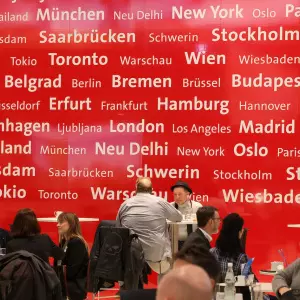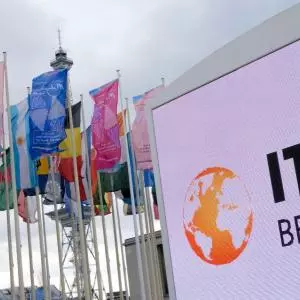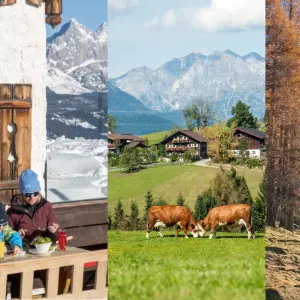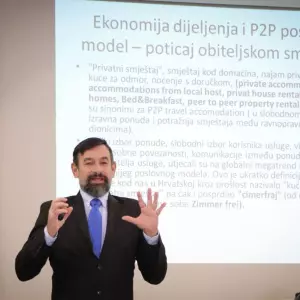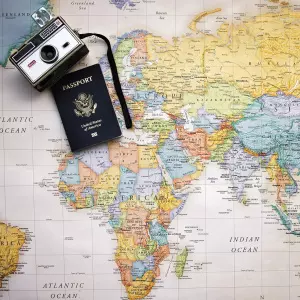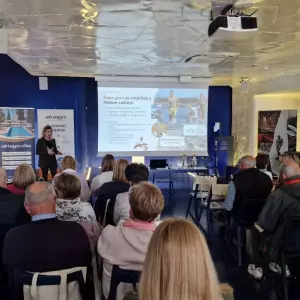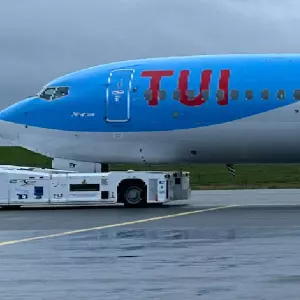The tourist market of the Western Balkans
The Western Balkans or Southeast Europe is the name for a group of countries consisting of: Albania, North Macedonia, Serbia, Montenegro, Kosovo, Bosnia and Herzegovina. When Croatia and Slovenia are added to these countries, this European region has somewhere around 23,4 million inhabitants.
Tourist trips today, in the circumstances of the global health crisis and the security crisis in Europe, rely to a large extent on domestic travelers. Strengthening the domestic market very concretely and effectively helps to strengthen tourism's resistance to crises.
The countries with the strongest domestic tourism market are China, the USA, and Brazil. Spain and Italy generate as much as 50% of tourist traffic on the internal market. Great Britain, France, Germany have a very significant share of domestic tourists in the total tourist traffic.
As a rule, the majority of tourist traffic in a tourist country is achieved through domestic tourism, along with arrivals from neighboring countries and neighboring countries. This is the case on all continents.
In all countries, in these two pandemic years, a significant increase in domestic tourism was recorded, while foreign arrivals took place as a priority from closer, traditional markets according to the aforementioned principle.
Even when they are not recorded statistically, these domestic trips as well as trips from neighboring countries are noticeable "with the naked eye". Family ties and friendships generate as much as 25% of all tourist trips globally. The countries of the Western Balkans are no exception.
All of the above sufficiently points to the need for stronger promotion of new attractive tourist content between the countries of the Western Balkans. Marketing exchanges benefit everyone. Specialized agencies for foreign travel and for the reception of guests are engaged, new contents get better visibility, domestic tourists from every country have a greater choice of value for money. Perhaps the best example of concrete moves was that of the Jahorin ski center in Bosnia and Herzegovina, which attracted a significant number of skiers from Croatia with a good promotional campaign in a situation where going to ski resorts in Alpine countries was much more difficult.
The crisis is not over
The economic crisis is a new opportunity for the placement of more affordable active tourism content in all seasons. There are also other attractive facilities such as spas, spas, health resorts, cultural and gastronomic tours...
On the other hand, the area, the region of the Western Balkans + Croatia + Slovenia becomes interesting in all seasons for neighboring countries and countries neighboring neighboring countries in the west and in the east. For example, the fact that due to good air connections, 30 Kazakhs visited Montenegro and only a few visited Croatia, speaks volumes about how much untapped potential there is for attracting tourist arrivals to the entire region throughout the year. Otherwise, Kazakhstan as a country with 000 million inhabitants is a significant initiative tourist market for Turkey. As a rule, once the process for obtaining a tourist visa has already started, it is more profitable and attractive to get a visa for several neighboring countries and visit them.
This approach to understanding the market of the Western Balkans + Croatia+Slovenia is significantly helped by programs such as Via Dinarica and the Silk Road in the Western Balkans. These are marketing links that naturally connect this area and highlight it on the tourist map of the world.
Western Silk Road
Challenging times call for charting new paths to overcome difficulties. One such was just presented at the Conference on the Development of the Western Silk Road Cultural Tourism Route. The conference was organized by the USAID Economic Development, Governance, and Enterprise Growth (EDGE) project team based in Skopje. Project manager Ms. Jasminka Varnalieva together with her team hosted top experts for the development of sustainable tourism. There were: Tim Clancy Senior Tourism Expert USAID EDGE Project as moderator of the meeting, Patrick Fritz, Director of the Silk Road Program Department UNWTO, Nikolaos Gkolfinopoulos, senior Project Specialist Technical Cooperation and Silk Road Department UNWTO, karat Sadvakassov, Deputy Chairman of Kazakh Tourism ; Silk Road Representative, Dr. Prof. Stella Kostopoulou, President of European Interdisciplinary Silk Road Tourism Center, Ljupka Polizovski, GIZ Project manager, Nedo Pinezić, Community based tourism development advisor.
Representatives of the public, private and non-governmental sectors from all countries of the Western Balkans watched the conference live and via digital transmission, which presented the further development path of connecting the entire area with the Silk Road cultural route.
We will write about the Silk Road itself in further installments, because although famous destinations such as Venice and Valencia have been included in it for a long time, the prevailing opinion is that the Silk Road is limited to the area of Central Asia. The best answer to the question: "And where are we?" can give us the life path of Marco Polo.
In any case, it's good to be on the Silk Road.
Author: Nedo Pinezić, Nedopinezic.com


